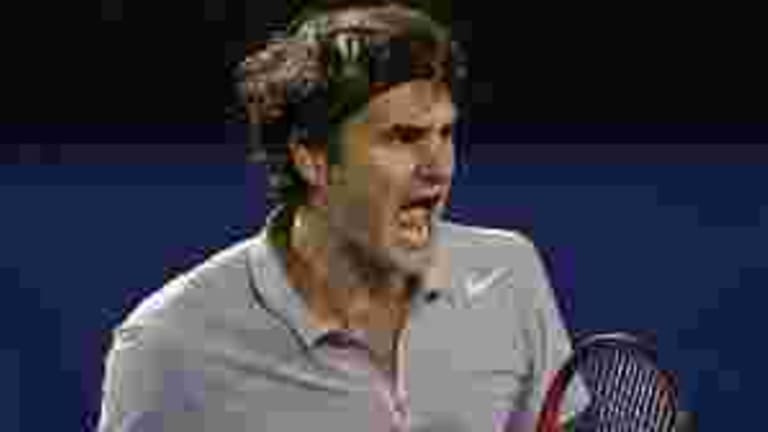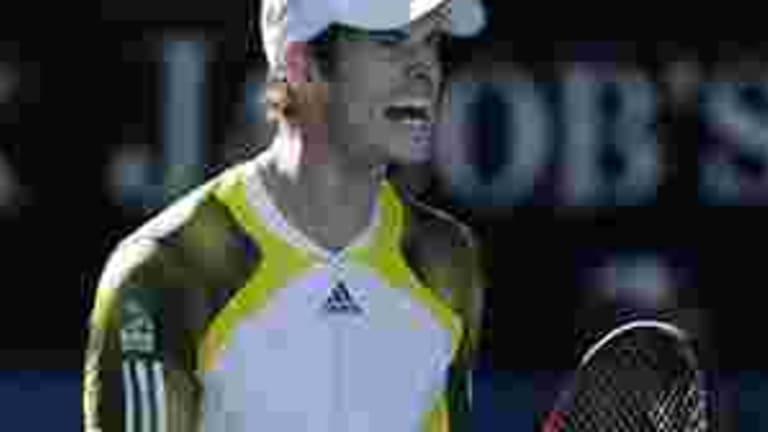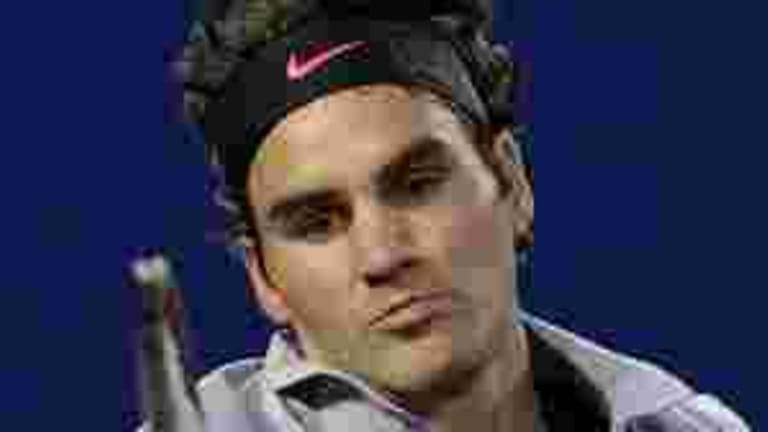The intriguing, overarching question on the eve of the Australian Open semifinal between No. 2 seed Roger Federer and the nominal underdog, No. 3 Andy Murray, is: Just how big is it?
The answer? “Huge.”
In the absence of Rafael Nadal, Federer has done a terrific job at remaining just behind top-ranked Novak Djokovic in the rankings. But Murray has been pressing, hard, since just a few weeks after Wimbledon last summer. With a win over Federer, Murray would stake his claim as the obvious if not digitally-endorsed No. 2.
More important, he’ll also earn another shot at Djokovic, the Down Under dynamo who’s made Murray’s life miserable in Melbourne for two years running. And Murray, like you and I, knows the meaning of the word payback.
Djokovic humiliated Murray in the 2011 final (to the point where Murray was left in tears), beating him like a government mule—Murray won just nine games in three sets. And last year, Djokovic outlasted the Scot in an epic five-set semifinal. A win in Sunday’s final would lay to rest any number of ghosts for Murray, and establish him as, for the time being, the best player in the world.
The only thing standing in the way is this little obstacle called Federer.
Murray is 10-9 against Federer, but he has never beaten the Swiss in a Grand Slam match (you can put that one in the “Most Useless Statistics” file). The head-to-head record harbors no obvious narrative; this isn’t a case of a younger Murray (he’s 25) catching up to and surpassing an elder (Federer is 31). The advantage has been swinging like a pendulum from the get-go, but at the moment it seems stuck between the extremes.
The men are 2-2 in their last four encounters, with Federer triumphant in the Wimbledon final and at the ATP World Tour Finals, while Murray won the gold-medal match at the Olympics in London and their Shanghai Masters semi. One takeaway from that record, which seems to have been the case in a general way as well, is that Federer has a distinct edge in five-set matches.
The rap on Murray before he punched through at the U.S. Open last September was that he’s a different, weaker animal in majors, what with the demands of best-of-five set play over two weeks' time (as opposed to one week Masters events, which he wins left and right). There appeared to be some truth in that assertion, but it’s pretty clear that Murray has overcome that weakness—or, more likely, he’s just become a better player. As he said after the quarterfinals, “Over best-of-five matches, it often takes five hours sometimes to beat the top players in the world. It's not easy.”


